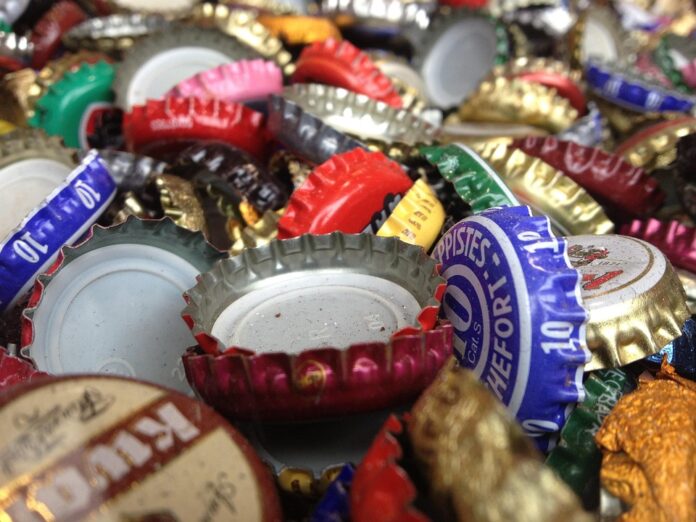The Difference Between Screw Caps, Snap Lids, and Press Fit Closures
In the world of packaging, the choice of closure can make a significant impact on a product’s appeal, functionality, and shelf life. Screw caps, snap lids, and press fit closures are three common types of closures used in various industries. Let’s explore the differences between these closure types and their respective advantages and disadvantages.
Screw Caps
Screw caps, also known as screw-on caps or threaded closures, are one of the most popular closure options for bottles and jars. These closures feature a threaded neck on the container and a corresponding threaded cap that screws onto the neck to create a secure seal. Screw caps are commonly used in industries such as food and beverage, pharmaceuticals, and personal care products.
Advantages of screw caps:
1. Secure seal: Screw caps provide a tight seal that helps prevent leaks and contamination.
2. Reusability: Screw caps can be easily removed and reapplied, making them convenient for consumers.
3. Tamper-evident: Many screw caps come with tamper-evident features, providing reassurance to consumers about the product’s safety and integrity.
Disadvantages of screw caps:
1. Slow opening and closing: Screw caps require multiple turns to open and close, which can be less convenient compared to other closure types.
2. Potential for cross-threading: Improper alignment of the cap and neck can lead to cross-threading, which may compromise the seal.
Snap Lids
Snap lids, also known as snap-on caps or snap closures, are closures that snap into place on the container without the need for threading. These closures are commonly used in applications where quick and easy access to the product is desired, such as in the packaging of snacks, condiments, and personal care products.
Advantages of snap lids:
1. Easy to use: Snap lids can be effortlessly opened and closed with a simple snap motion, making them convenient for consumers.
2. Cost-effective: Snap lids are often more cost-effective to produce than screw caps due to their simpler design.
3. Aesthetically pleasing: Snap lids can provide a sleek and seamless look to the packaging, enhancing the overall visual appeal.
Disadvantages of snap lids:
1. Limited sealing capabilities: Snap lids may not provide as tight of a seal as screw caps, which can lead to potential leakage or spoilage.
2. Tamper resistance: Snap lids may be less tamper-resistant compared to screw caps, as they can be easily opened without any visible signs of tampering.
Press Fit Closures
Press fit closures, also known as friction-fit closures or push-on caps, are closures that are pressed onto the container’s neck without the need for threading or snapping. These closures rely on friction to stay in place and provide a secure seal. Press fit closures are commonly used in industries such as cosmetics, automotive, and industrial chemicals.
Advantages of press fit closures:
1. Quick application: Press fit closures can be easily pressed onto the container’s neck without the need for additional equipment or tools, saving time and labor costs.
2. Versatility: Press fit closures can be used on a wide range of container shapes and sizes, offering flexibility in packaging design.
3. Minimal material waste: Press fit closures do not require additional components such as liners or inserts, reducing material waste and costs.
Disadvantages of press fit closures:
1. Limited reusability: Press fit closures may not be as reusable as screw caps, as they can lose their grip over time with repeated use.
2. Seal integrity: Press fit closures may not provide as robust of a seal as screw caps, which could result in potential leakage or spoilage of the product.
In conclusion, the choice between screw caps, snap lids, and press fit closures ultimately depends on the specific requirements of the product, industry standards, and consumer preferences. Each closure type offers its own set of advantages and disadvantages, and understanding these differences is essential in selecting the right closure for optimal packaging performance.



